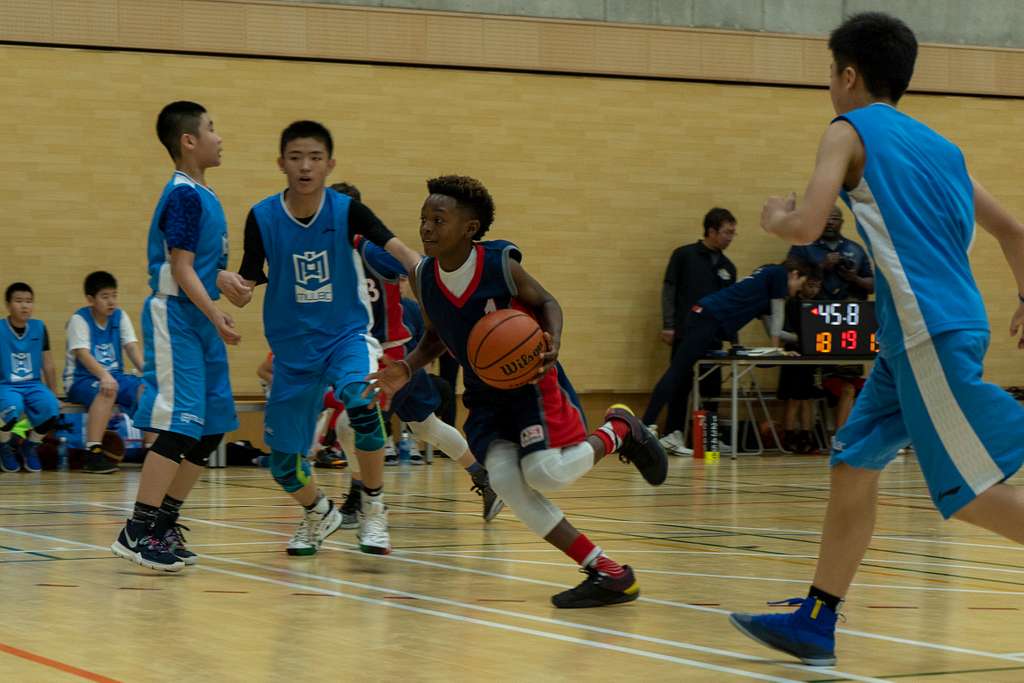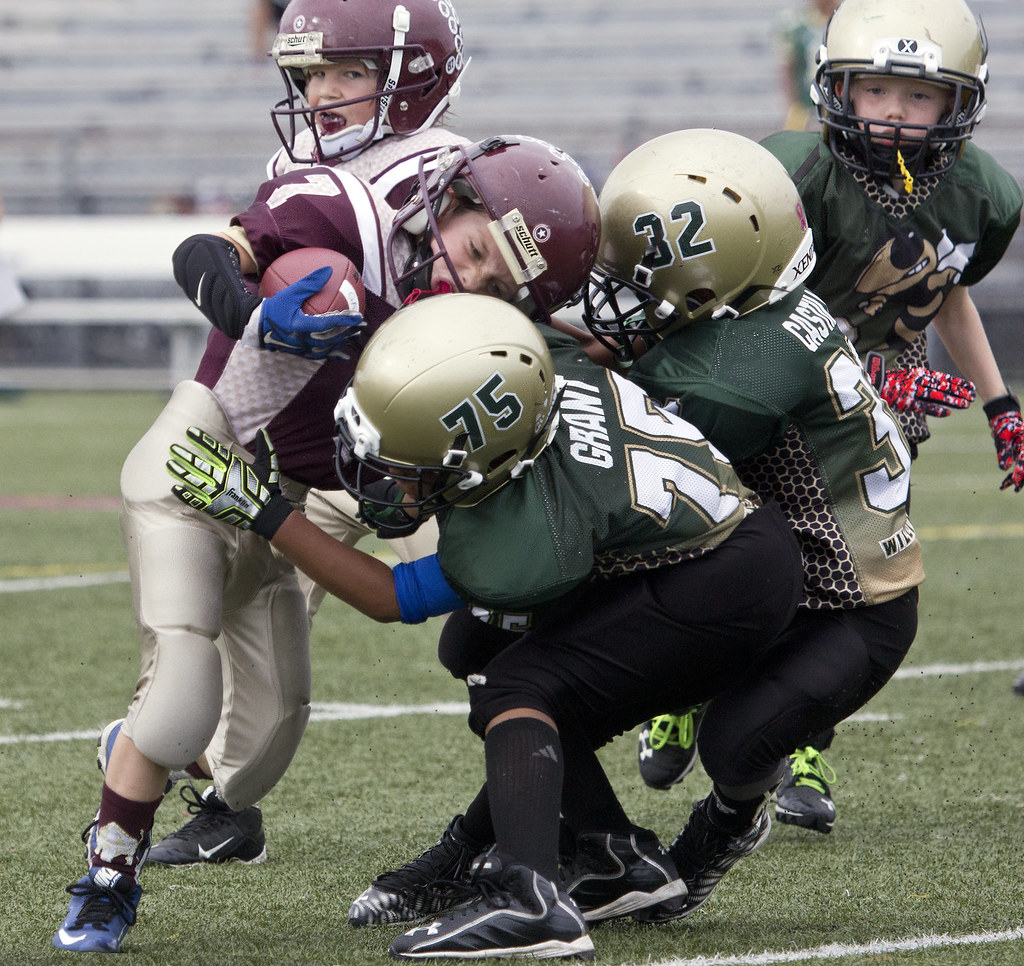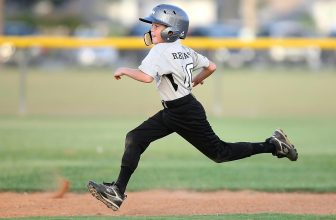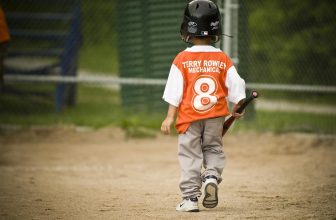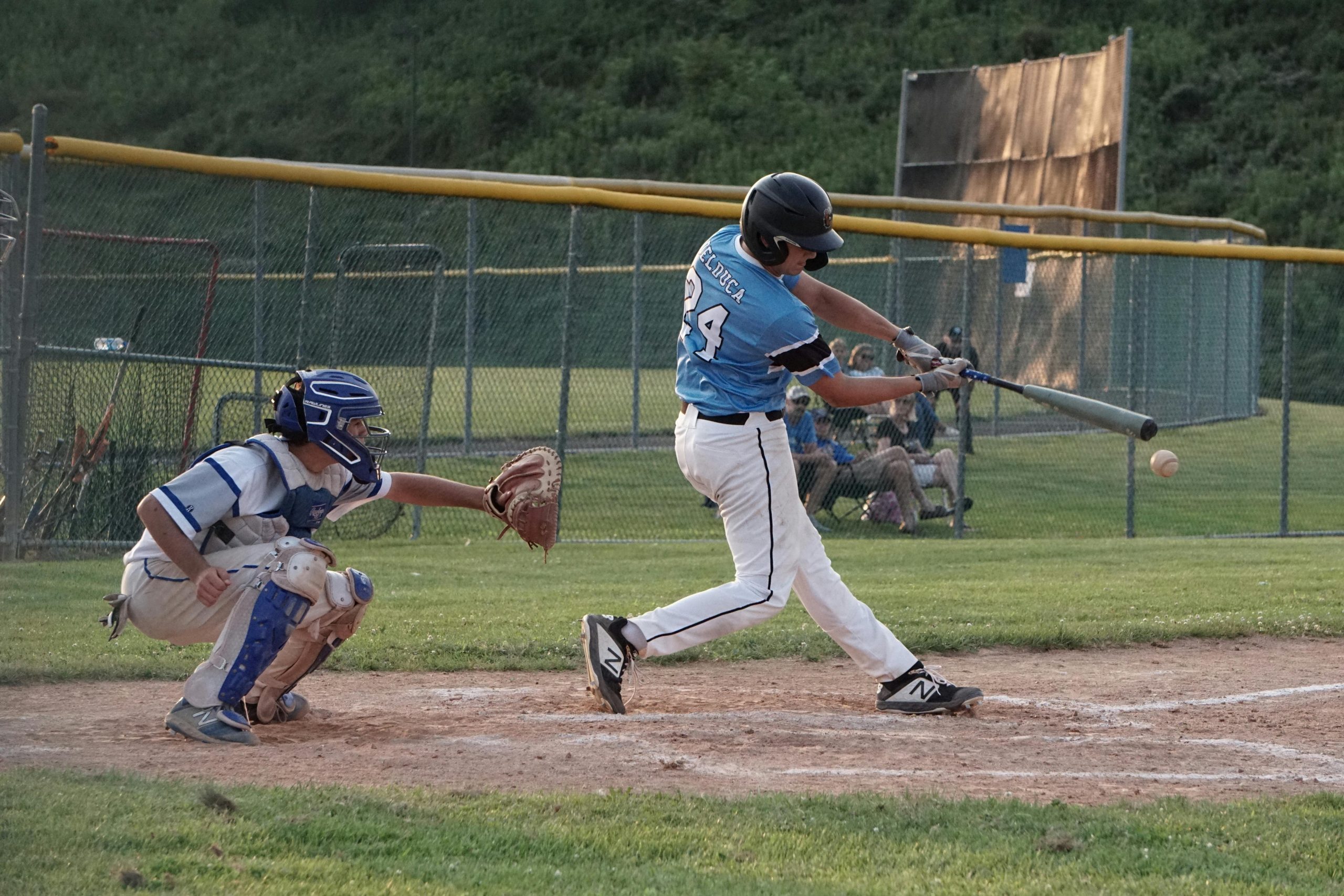
When you step in the box, the last thing you want is to be worried about whether your bat is going to snap in half when you smash this guy’s fastball. A baseball player’s bat is one of his most prized possessions, and when it’s time to move on, sometimes it’s tough to decide exactly what you need. With all of the different types of bats, and all the terms and certifications that come with them, it can get a little confusing. Wood or metal? Length? Weight? Drop? Don’t worry – we’ll figure this out together.
Metal? Wood? What the heck is a fungo?
First things first, you need to know what type of bat you’re looking for. There are two main types of bat, wood and metal. A third type is called a fungo bat that coaches use exclusively to hit during infield and outfield practice. They’re usually really skinny, light, and long, and you don’t want to walk up to the plate in a game with one. Not only would it be a little embarrassing, there’s also a high-probability that the fungo would break against live pitching.
So that leaves two. In most youth baseball leagues (up through high school), players are going to hit with metal bats. There are a bunch of different types, models and makes of metal bats that we’ll look at a little bit later, but unless your leagues specifically mentions that it’s a “wood bat league,” you’re going to want to look towards the metal bats.
If you’re in a wood bat league, which typically takes place in the summer, you’ll have to use a wooden bat. Buying and using your first wood bat is an exciting process, but be sure to consult with a salesman when starting your search. There are a ton of different woods used for wooden baseball bats, and also a bunch of different models, but what really matters is what you’re comfortable with. Make it your own, but don’t get too attached. Wood bats break A LOT easier than any metal bats.
“Drop” it like it’s hot:
The “drop” of a bat is always a negative number, and is the difference between the length of the bat and its weight. There are drops on both wood and metal bats, so this applies to any bat that you’re buying. For high schoolers, the drop needs to be -3, or a difference of three between the length and the width. Typically, this would be bats with a length between 30-34 and a weight varying from 27-31 ounces. Make sense? Good.
If you’re not quite to high school yet, you’re going to need to check with your league to make sure that your new bat meets both “drop” and barrel width requirements. You’ll also have to check on the certifications that you need to meet, which we’ll discuss a little bit later. Typically, youth bats will have a drop that runs somewhere from -14 to -10, but your league and the salesman should be able to provide a little better of an idea of what you should be looking for.
What length/weight do I need?
This is a tough one. Sometimes, when you’re in the store, it’s hard to really get a “feel” for the bat without being able swing it full speed. If this isn’t your first time buying a bat, you should take into account what your teammates are swinging and the length of your last bat. Don’t forget to check if the drop of your bat is allowed in your league!
For those of you buying your first bat, there’s a ton of charts that suggest a length and weight to start with. Most of these charts are made by bat makers and retailers, and they’re the ones who really know their stuff. Check out those charts, then head into the store and try out bats that are that length and also ones an inch shorter or longer. Then, pick what you’re comfortable with!
Certifications. Kind of a headache:
We all play in different types of leagues, so it’s tough to list out each and every certification that’s accepted in the type of league you play in. Luckily, Rawlings has done that for us. Just as an example, I’ve included an example of the certificates included on a bat. This one is from USSSA:
All bats for age divisions 14U and younger must be permanently stamped with the new USSSA 1.15 BPF Mark, or BBCOR.50 Certified Mark or made of wood and manufactured by a licensed USSSA manufacturer. All bats for scholastic divisions (Class of) must conform to the National Federation of High School Associations (NFHS) bat standards including a length to weight ratio no greater than negative three (- 3) ounces. These bats must be permanently stamped with the BBCOR.50 Certified Mark or made of wood and manufactured by a licensed USSSA manufacturer.
Yeah, I told you… Kind of a headache, right? Luckily, local sporting goods know the parks around them, and usually know the rules, so you can head in there, tell them what type of league you play in, and they can help you find the right bat.
All about the brand, the finale
We all have our favorite brands, but with bats, I always suggest keeping an open mind. When I was growing up, Louisville Slugger was the king, but now DeMarini and Easton are at the top of many players’ lists. I know it’s hard, but when you’re choosing a bat try not to look at the brand. Check out the reviews, listen to the salesman, and most importantly choose what feels right. You have to be comfortable in the box, and if you’re using the best brands’ bat that you hate to swing, you won’t be.
After you pick out your new bat, make sure to swing by Coachtube for some hitting tips. After all, you gotta be able to make contact to check the pop of that bat.


